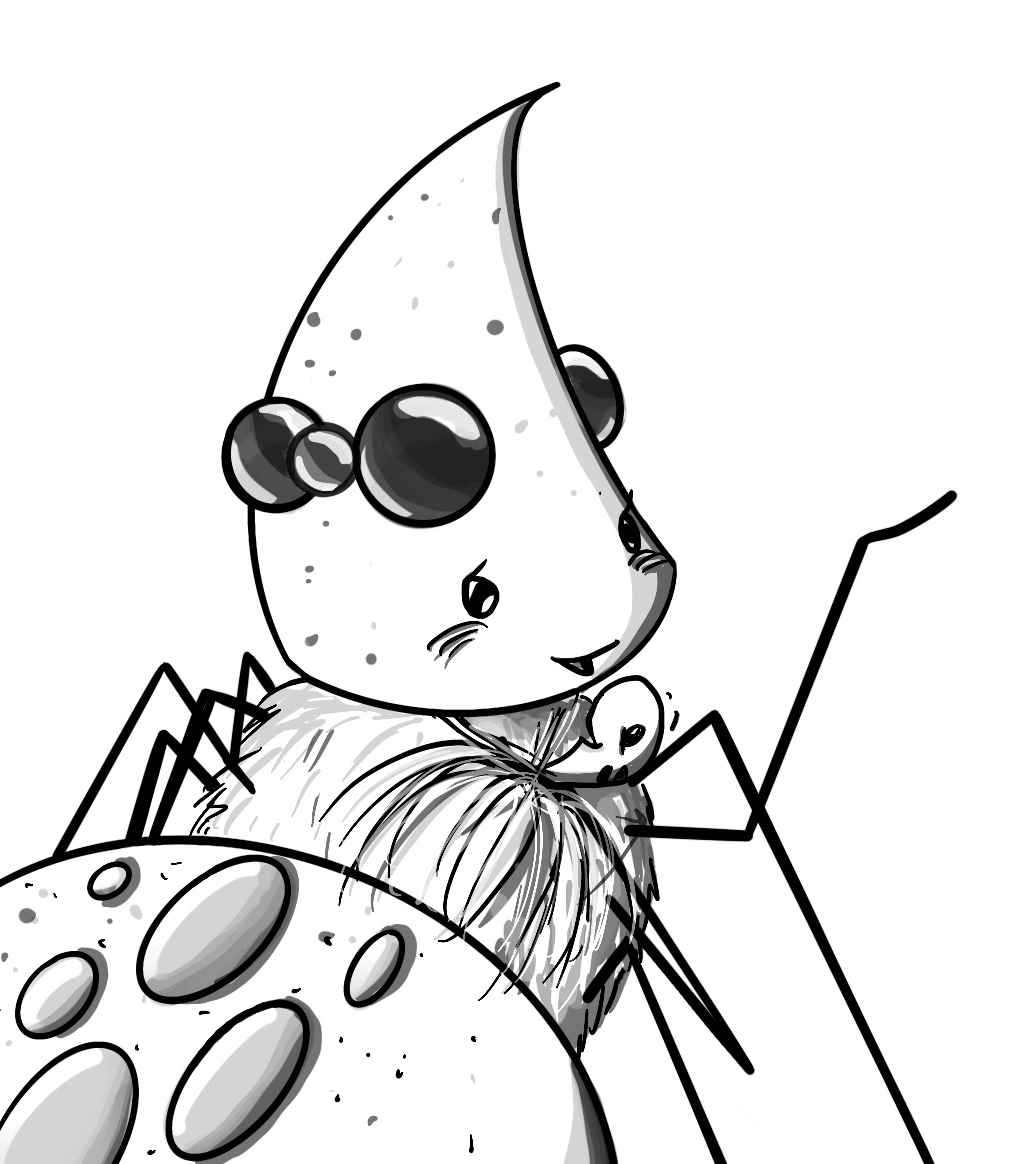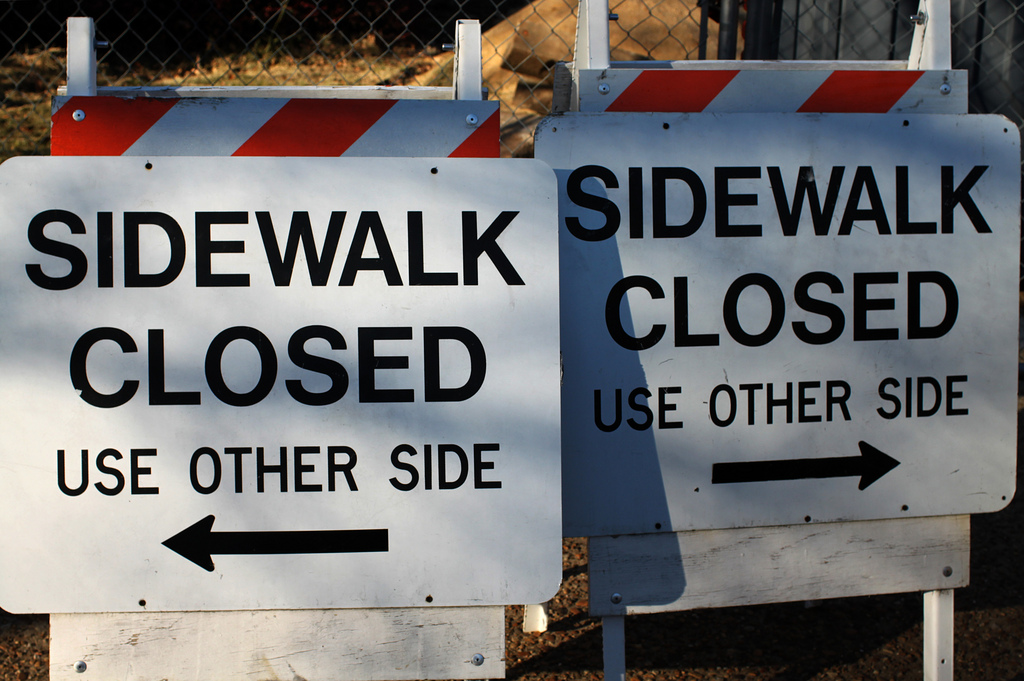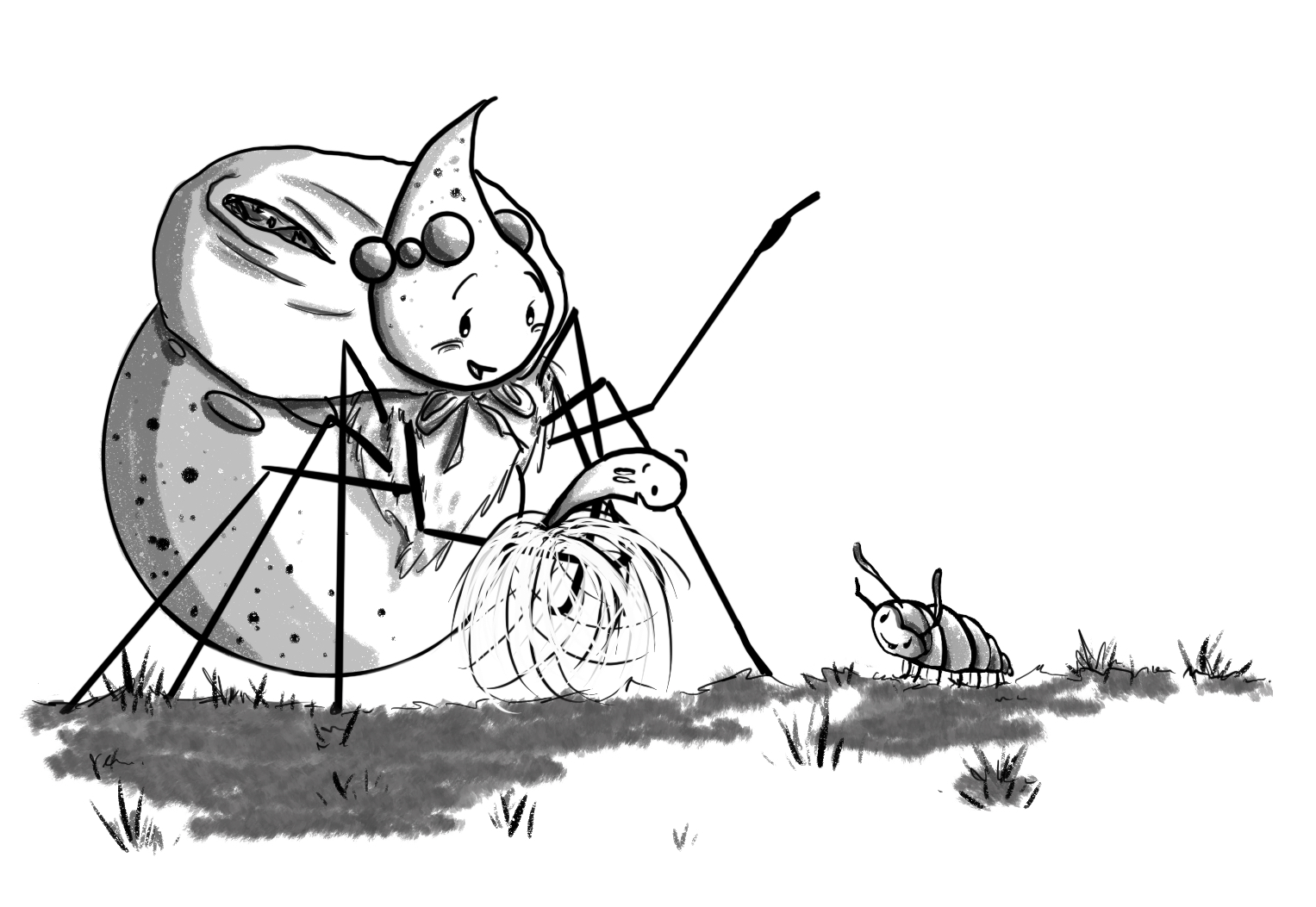
5 Things I Learned Illustrating my Own Books!

Update: 9/13/21
I’ve got a video up on my Ink & Stitches YouTube channel that goes hand-and-hand with this post about the 5 Things I Learned Illustrating My Own Books.
We’re already nearly into October and I wanted to take a moment to reflect on the past year and the things I learned whilst illustrating my own book, Wishweaver (Release Date: September 1, 2020)!
Wishweaver is Book One of the Tales of Whimsy, a chapter book series for children ages 7-9. This story, and the series as a whole, is the largest-scale, illustrative project I’ve ever undertaken. Although I can easily say it’s been one of the biggest challenges I’ve taken on in my writing/illustrating career thus far, it has also been the most exciting!

I learned a completely new medium for this series: digital illustration. Something I never thought I’d be able to figure out. With the help of classes on Skillshare and the program, Procreate, for the iPad pro, along with a lot of practice, I figured out how it all worked in very little time. Which leads me to what this post is really about:
5 Things I Learned from Illustrating my Own Book:
-
Continuity is Key
-
The Importance of a Good Outline
-
Don’t be Afraid to Toss an Idea Out for a Better One
-
Double & Triple Backup your Files
-
Set a Timeline so you Can Meet your Deadline.
Let me tell you what happened to make these my top 5! You’ll just have to keep reading…

1. CONTINUITY IS KEY

I’ve written in the past about how important continuity in writing is. It’s equally important, however, in illustrating.
In the beginning of Wishweaver, the main character, Whimsy, finds herself carrying a pack on her back to take along for her journey. I realized about six to ten illustrations later, that somewhere between where she’d got the pack and where she’d ended up, it had vanished from all illustrations.
Hmmmm….
Is it hiding under a rock somewhere? Did Whimsy drop it along the way?
Nope.
I’d just forgotten to draw it!

So, back I went to where the pack had gotten misplaced. Luckily, with the art being done digitally, it wasn’t as difficult a problem to fix. Not as bad as it would have been had the final illustrations been done traditionally. Yet another of the reasons why I was determined to become a digital artist.
2. THE IMPORTANCE OF A GOOD OUTLINE
Maybe this seems like an obvious one, but regardless of that, it is an important one. Before I started my first drawing, I went through my book from start to finish. I knew that I wanted each chapter to begin with a “spot” illustration: a little preview/snippet to hint at where the chapter would take you. I also knew that I wanted every spread to have some sort of illustration on it, whether that was a 1/2 page, full page, or full spread (spanning both pages) illustration, the plan was to make this book heavily illustrated.
So, I did my best at figuring out how many illustrations I’d need each chapter to make this happen. I wrote down the illustrations I thought would be best to show and most fun to draw. Ones that got you to the heart of the characters.
At the end of it, I had four pages of illustrations outlined (over 100 drawings to do), and was ready to dive in having a road map of where I was headed, which leads to the third thing I learned…
3. DON’T BE AFRAID TO TOSS AN IDEA OUT FOR A BETTER ONE
There were several instances while doing the art for Wishweaver, where I had outlined an illustration for one part of the story, and had even started drawing it, only to find that it didn’t “feel right”.
The drawing didn’t “Spark Joy” as Marie Kondo would say when looking at the stuff in someone’s house, while they wondered if they should keep said object or put it out with the rubbish.
When I found that I was fighting myself to get motivated to finish a drawing… when the drawing no longer sparked joy… I Marie Kondo’ed it.
I hid the layers (digitally) and started on a fresh layer. A fresh start. I brainstormed and came up with a new idea, or simply, an alteration of the previous one. This time around, however, I wouldn’t stop until the new drawing made me smile… until it “felt right” again… until it “sparked joy.”

4. DOUBLE & TRIPLE BACKUP YOUR FILES
I’d heard the horror stories before of authors who lost 20,000 words of their latest manuscript because their computers decided to tank. But that was them right? That wouldn’t happen to me…
Until it did.
Only it wasn’t words that I lost but all of my layered Procreate files from the first 3/4 of Wishweaver. How did this happen, you might wonder? Two things happened:
- Boot loop.
- Lack of understanding of how to properly back up Procreate files.
So, boot loop (for those not all that familiar with iPads), is when you are trying to re-start your iPad and all you see is the apple logo come up and stay there. It can’t move forward to re-open the home screen. We tried everything! We even brought the iPad to the tech people at the Apple store in Portland, OR, and were told, the only way to move forward, was to completely wipe the iPad and start anew.

That wouldn’t have been so bad, but when I had been saving my illustrations as flat .tiff files (no layers, just an image really), I had had a difficult time saving Procreate files. Luckily for me, the illustrations I’d finished and saved as .tiff files were the final art that the publisher didn’t need changes to be made on. But, that may not have been the case.
I had to change how I worked so that in the future I wouldn’t end up in this same boat if the iPad decided to take another nose dive. Through research, I found that if I saved the files as Photoshop layered files (.psd files), I could then import those files back into Procreate without losing all of the layers I’d created.
So just remember, don’t be like I was thinking, “That’s a tomorrow problem,” when I couldn’t figure out how to properly back up the files. Make it a today problem, and protect your work. You don’t want to have to re-illustrate an entire book because you lost your art. I was lucky that I had at least the high res images of the art that could be used in the book. I will never let this happen again.
Double and triple back up those files! Save them to Dropbox. Grab an external hard drive. Whatever you can do to have your art in multiple places.
5. SET A TIMELINE SO YOU CAN MEET YOUR DEADLINE

I was told that within the span of about three months, my publisher needed my illustrations completed, if we were to be on time for a Fall 2020 release. That meant finishing over 120 illustrations in less than 100 days. I knew I needed to prioritize.
If I just said, “Oh, I’ll do a chapter a week,” I wouldn’t have the illustrations done in time. So, since I’d already outlined every chapter (#2 from this list) and knew which ones had more or less illustrations, I was able to calculate based on the number of weeks I had, how many chapters needed to be done each week.
I mapped it out.
The biggest issue was the holiday season. Sick kiddos. Working other jobs. Not enough time to get my head on straight, let alone finish some illustrations for Wishweaver.
I did fall behind.
I was behind a few chapters worth of illustrations by the start of 2020 and stress levels were high. The timeline I mapped out was self-imposed, but I knew that I needed to stick to it, or else there was no way I’d be done in time.
I asked for help watching the kids in the evenings. I got up early. I used my “me” time to draw Flit and Whimsy, and in the end…

…I caught up. I maintained. I even got ahead on some weeks. But, having that timeline, kept me not only focused, it kept me on track. I even managed to have some time to do some extra fun bits that weren’t necessary but I’d thought would be cool if I could throw them in.
******
This entire process has taught me a lot about the publishing world. I’ve gotten a chance to experience it from both the author and illustrator’s standpoint. There have been many phone calls with my publisher figuring out just how we were going to create this book together, with its slew of illustrations, and the challenges of putting the whole thing (text + art) together.
I’ll say this:
We work well together. We both wanted a beautiful book in the end. Most importantly, I knew we both intended to get it there, and all the things I’ve learned along the way, will only help as I venture into the series and take Whimsy to new places, yet unknown. I hope you’ll take that journey with her. I know she’d enjoy the company.
What have you learned through your time doing your own craft? Did you have to learn the hard way too?





